Uncovering Interior Trim Repair’s Impact on Insurance Claims
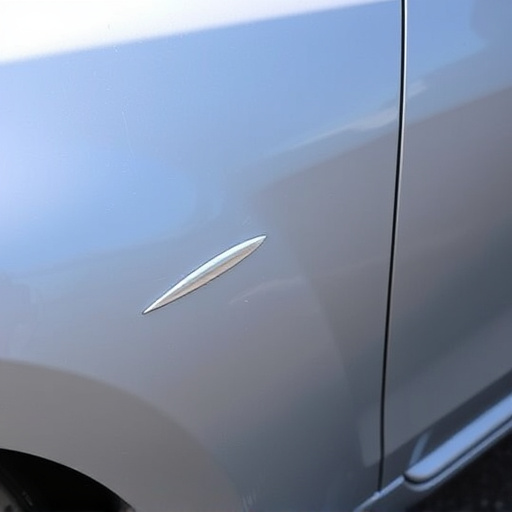
Interior trim damage in car collisions is a critical but often overlooked aspect of insurance claims…….
In the dynamic world of automotive engineering, interior trim repair collision (ITRC) stands as a specialized field, crucial for ensuring the safety, aesthetics, and longevity of vehicles. This article delves into the intricate workings, global implications, and future prospects of ITRC, offering valuable insights to professionals, enthusiasts, and anyone curious about this vital aspect of modern transportation. By examining its various facets, we aim to demonstrate why ITRC is more than just a collision repair process—it’s a gateway to enhanced driving experiences and safer roads.
Interior trim repair collision, as the name suggests, pertains to the specialized restoration and replacement of interior vehicle components after a collision or damage. It involves the meticulous fixing or rebuilding of various interior elements such as dashboards, door panels, center consoles, and headliners. The primary goal is twofold: to restore the vehicle’s pre-accident condition and to ensure structural integrity during future use.
ITRC encompasses several critical components and processes:
Assessment and Damage Analysis: Skilled technicians inspect the damaged interior trim, identifying specific parts affected and the extent of the damage. This step is crucial for developing an effective repair plan.
Demontage and Disassembly: Once assessed, the damaged interior components are carefully removed, often requiring specialized tools to disassemble complex parts without causing further harm.
Repairs or Replacements: Depending on the severity and availability of replacement parts, technicians either repair the existing trim using advanced adhesives and techniques or replace it entirely with new or refurbished components.
Finishing and Reassembly: After repairs or replacements, the interior is meticulously finished to match the vehicle’s original specifications. This includes painting, sealing, and reassembling all removed panels and parts.
The concept of ITRC has evolved significantly over the years, mirroring advancements in automotive design and safety standards. In the early days, basic repairs involved simple gluing and bolting of damaged components. However, as vehicles became more complex with integrated electronic systems and sophisticated interiors, so did the repair process. Modern ITRC techniques incorporate advanced materials, precision tools, and specialized training to address these new challenges.
ITRC is a global industry, with its impact extending across borders. As the world becomes increasingly interconnected, the need for standardized repair practices has grown, ensuring consistency in vehicle restoration worldwide. International automakers and suppliers play a pivotal role in setting trends and dictating best practices, influencing local ITRC industries.
The landscape of ITRC varies across regions, shaped by local markets, consumer preferences, and regulatory environments:
| Region | Trends/Variations |
|---|---|
| North America | Emphasis on high-quality, original equipment manufacturer (OEM) parts. Advanced training for technicians in autonomous vehicle interior repair. |
| Europe | Strict environmental regulations driving the adoption of eco-friendly materials and recycling practices. Focus on lightweight components to enhance fuel efficiency. |
| Asia-Pacific | Rapidly growing market with a surge in vehicle ownership. Increasing demand for affordable, yet high-quality repairs. Adoption of digital technologies for precision measurement and remote expert support. |
| Latin America | Local markets heavily influenced by North American trends but with unique challenges due to varying climate conditions and road conditions. |
The global ITRC market is a dynamic entity, influenced by several key factors:
Vehicle Production Rates: The volume of new vehicle sales directly impacts the demand for interior trim repairs, as accidents and wear and tear lead to frequent collision repairs.
Economic Conditions: Fluctuations in the global economy can affect consumer spending on vehicles and subsequent repair costs.
Regional Differences: As mentioned earlier, regional markets exhibit unique trends, with varying preferences for part types, repair methodologies, and pricing strategies.
ITRC attracts significant investment from several sources:
Automotive Manufacturers: Original Equipment Manufacturers (OEMs) invest in research and development to create advanced interior trim systems, ensuring their vehicles remain competitive in the market. They also support post-sales service through training programs and part distribution networks.
Collision Repair Centers: Independent repair shops and dealership workshops are major consumers of ITRC services, investing in equipment, training, and inventory to offer these specialized repairs.
Aftermarket Suppliers: Companies specializing in aftermarket interior trim parts cater to both original equipment replacement and upgrade markets, providing a range of options for consumers.
ITRC is integral to the broader economic system:
Employment: The industry supports numerous jobs, from skilled technicians and repair shop owners to manufacturers and suppliers.
Supply Chain Impact: The complex supply chain involves raw materials, parts manufacturing, distribution networks, and repair services, contributing to local and national economies.
Consumer Spending: Repair and restoration services influence consumer behavior, with some opting for high-quality repairs to extend vehicle lifespans and maintain resale value.
Technological progress has brought about significant changes in ITRC:
Advanced Polymers: Newer materials like lightweight, impact-resistant polyurethanes and fiber-reinforced composites are transforming interior trim components, making them more durable and easier to repair.
Precision Tools: Laser cutting, 3D printing, and robotic systems enable accurate trimming, shaping, and fitting of interior parts, reducing waste and improving repair consistency.
Digital Measurement Technologies: Laser scanners and 3D imaging systems capture detailed vehicle interior data, aiding in precise damage assessment and part replacement.
These technological advancements have revolutionized ITRC processes:
Enhanced Efficiency: Advanced tools and materials streamline repair times, reduce labor costs, and minimize material waste, making collision repairs more cost-effective.
Improved Accuracy: Digital technologies ensure precise fitting of parts, leading to better structural integrity and aesthetic appeal in restored vehicles.
Remote Expertise: Through cloud-based platforms, experts can remotely assist technicians in complex repair cases, bridging geographical gaps and providing specialized knowledge.
The future holds immense potential for technological advancements in ITRC:
Autonomous Repair Systems: As autonomous vehicles become more prevalent, dedicated repair systems could emerge, automating certain interior trim repairs, especially those related to sensor integration and adjustment.
Smart Materials: Integrating smart materials with self-healing or adaptive properties might revolutionize collision repair by minimizing the need for extensive repairs.
Augmented Reality (AR) Support: AR could provide step-by-step guidance during complex repairs, enhancing technician productivity and reducing errors.
ITRC is subject to various legal and regulatory frameworks worldwide, ensuring consumer safety and quality standards:
Safety Standards: Organizations like the National Highway Traffic Safety Administration (NHTSA) in the US and similar bodies globally set minimum safety standards for vehicle interiors, including impact resistance and flammability requirements.
Waste Management Regulations: Strict environmental laws govern the disposal of automotive waste, especially hazardous materials used in interior trim components. Recycling and reuse initiatives are encouraged.
Consumer Protection Laws: These protect consumers’ rights to receive safe, quality repairs, mandating transparent pricing, accurate estimates, and guaranteed work.
While there is a drive towards international standardization, local regulations often dictate specific requirements:
Regional Safety Standards: Some regions have unique crash test protocols and safety standards, influencing the design and repair of interior trim systems.
Emission and Environmental Rules: Variations in environmental policies impact the choice of materials and recycling practices in different markets.
Labor Laws: These govern workplace conditions, training requirements for technicians, and minimum repair standards, ensuring fair practices within the industry.
ITRC faces several challenges that impact its effectiveness and reputation:
Lack of Standardization: The absence of uniform global standards can lead to variations in part quality and repair methods, affecting vehicle performance and safety.
Part Availability: Rare or discontinued parts can complicate repairs, especially for classic or vintage vehicles, requiring innovative solutions or custom fabrication.
Technician Shortage: Skilled ITRC technicians are in demand, but a shortage exists globally, leading to longer wait times and higher costs for consumers.
Addressing these challenges requires collaborative efforts:
International Standardization Efforts: Organizations like the International Organization for Standardization (ISO) work towards creating universal standards, ensuring consistent part quality and repair practices worldwide.
Part Sourcing Solutions: Online marketplaces and specialized suppliers can help overcome part availability issues by connecting restorers with hard-to-find parts.
Training and Education: Governments, industry bodies, and educational institutions should collaborate to develop comprehensive training programs, addressing the technician shortage and ensuring a skilled workforce.
Overview: A leading European automotive manufacturer aimed to reduce environmental impact while enhancing ITRC practices.
Initiative: They introduced a sustainable interior trim system, utilizing bio-based materials and advanced recycling techniques. The program included:
Outcomes:
Scenario: A major North American collision repair chain sought to elevate its service standards and modernize its facilities.
Solution: They invested in advanced technologies, including:
Benefits:
The future of ITRC holds several promising growth areas:
Electric Vehicle (EV) Interior Repairs: With the rise of EVs, specialized repair techniques for battery compartments, charging ports, and unique interior designs will be crucial.
Advanced Driver Assistance Systems (ADAS): As vehicles become more connected and autonomous, repairs related to sensor integration, camera systems, and display modules will increase in complexity.
Personalized Interiors: Customization trends suggest a rise in demand for tailored interior trim options, requiring advanced fabrication techniques and materials.
Technological advancements will continue to shape the industry:
Artificial Intelligence (AI): AI-driven diagnostic tools can analyze vehicle data to predict potential interior damage, enabling proactive repairs.
Blockchain Technology: Secure record-keeping and supply chain management using blockchain could ensure authentic part sourcing and enhance traceability.
Internet of Things (IoT): IoT sensors in vehicles might enable real-time monitoring of interior conditions, leading to predictive maintenance and repair needs.
To navigate the future successfully, ITRC stakeholders should:
Embrace Digital Transformation: Invest in digital technologies for streamlined operations, improved communication, and enhanced customer engagement.
Focus on Sustainability: Develop eco-friendly practices and products, aligning with growing consumer demand for sustainable transportation solutions.
Foster Global Collaboration: Collaborate internationally to share best practices, harmonize standards, and address common challenges.
In conclusion, interior trim repair collision is a dynamic field that plays a critical role in modern automotive engineering. From its technical intricacies to global implications, ITRC continues to evolve, driven by technological advancements, economic demands, and regulatory frameworks. By addressing challenges, embracing innovation, and fostering collaboration, the industry can ensure safe, efficient, and sustainable vehicle restoration for years to come.
As we look ahead, the future of ITRC promises exciting possibilities, from high-tech repairs to personalized interior experiences, all while adhering to stricter environmental and safety standards. This comprehensive exploration highlights the significance of ITRC in shaping the driving experience of tomorrow.
Q: What is the difference between regular car repair and ITRC?
A: While both involve vehicle maintenance, ITRC specializes in repairing or restoring interior components after damage, focusing on aesthetics, safety, and structural integrity. Regular car repairs cover a broader range of issues, including engine, transmission, and exterior body work.
Q: How does global standardization benefit the ITRC industry?
A: Standardization ensures consistency in part quality, repair methods, and safety standards worldwide. It simplifies cross-border trade, reduces costs, and enhances consumer confidence in international vehicle repairs.
Q: What role do environmental regulations play in ITRC?
A: Environmental laws govern the disposal of automotive waste, encourage recycling, and drive the development of eco-friendly materials. These regulations are crucial for sustainable ITRC practices and reducing the industry’s carbon footprint.
Q: Can technology completely replace skilled technicians in ITRC?
A: While technology streamlines processes and enhances efficiency, it cannot fully replace skilled technicians. Human expertise is essential for complex repairs, troubleshooting, and ensuring the best outcomes, especially with intricate interior systems.
Q: How can consumers ensure they receive high-quality ITRC services?
A: Consumers can choose reputable repair centers known for their expertise and certifications. Requesting detailed estimates, comparing prices, and checking reviews are good practices. Additionally, understanding the repair process and asking questions ensures transparency and satisfaction with the service provided.

Interior trim damage in car collisions is a critical but often overlooked aspect of insurance claims…….
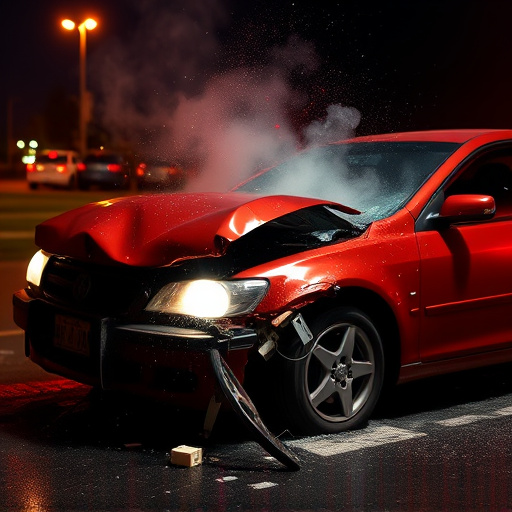
Interior trim repair collision guarantees provide car owners peace of mind, ensuring high-quality re…….

Before repairing an interior trim collision, inspect and gather tools, adhesives, replacement parts,…….

Interior trim repair collision is a specialized automotive field focusing on restoring damaged vehic…….
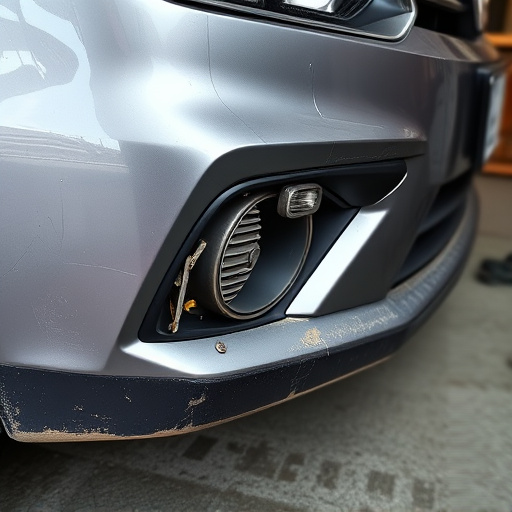
Minor car accidents can cause substantial interior trim damage, impacting comfort and safety. Skille…….

Interior trim repair collision is a specialized service within auto body restoration, focusing on pa…….
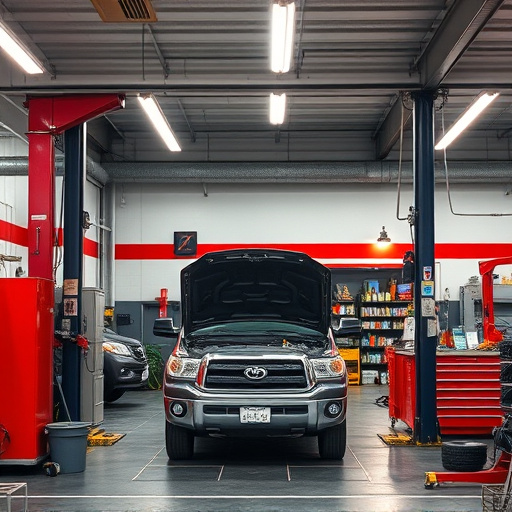
Interior trim repair collision is a specialized auto repair segment focusing on restoring or replaci…….
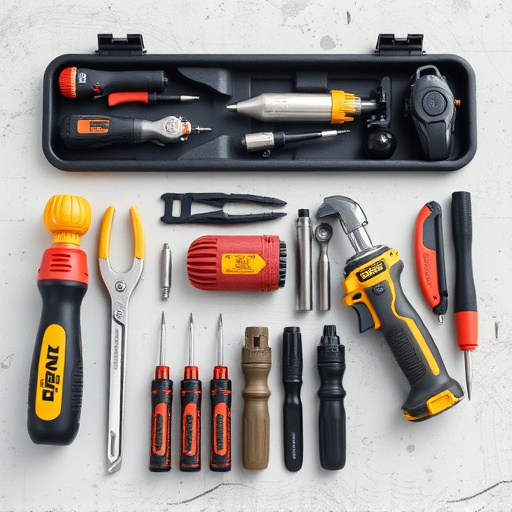
Environmental factors like weather and pollutants significantly impact road safety and cause interio…….
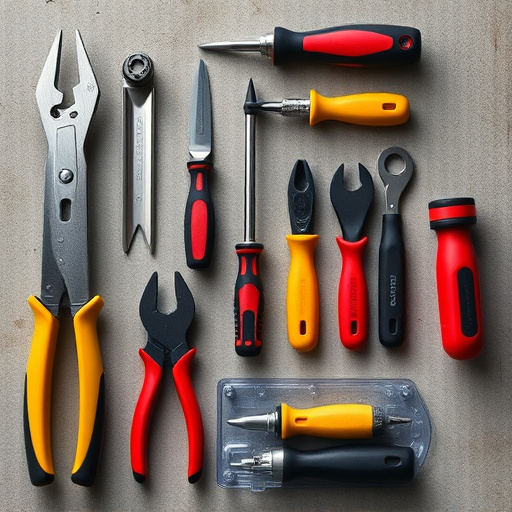
After a collision, thoroughly assess interior trim damage by examining doors, dashboards, and consol…….
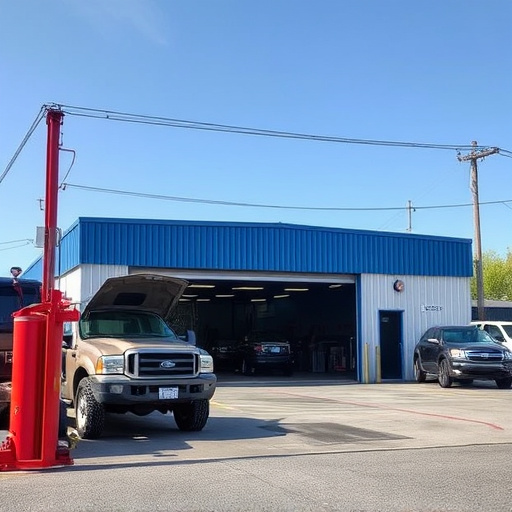
After a car accident, interior trim repair collision services specialize in restoring aesthetics and…….